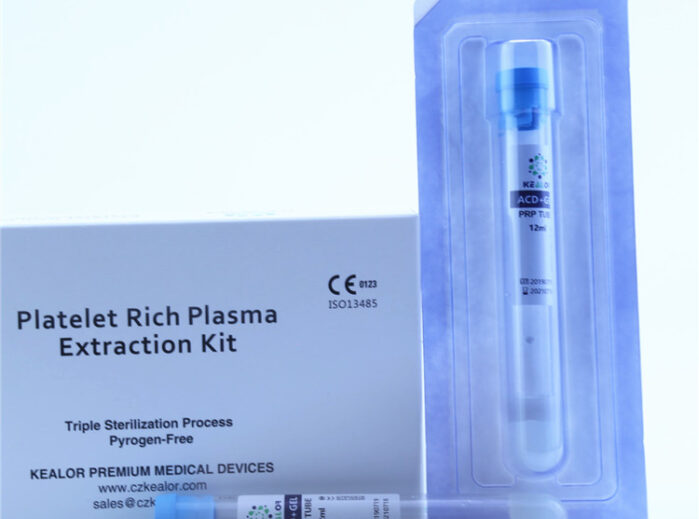How does the platelet concentration in PRP vary between different PRP kits, and what are the clinical implications of these variations?
The platelet concentration in Platelet Rich Plasma (PRP) can vary between different PRP kits due to variations in kit design, centrifugation methods, and the manufacturer’s specifications. These variations in platelet concentration can have clinical implications, as the therapeutic effects of PRP are influenced by platelet levels. Here’s how platelet concentration can vary and its clinical implications:
1. Platelet Concentration Variability:
- Platelet concentration in PRP can vary significantly between different PRP kits, ranging from approximately 2 to 10 times the concentration of platelets found in whole blood. Some PRP kits may produce higher platelet concentrations than others.
2. Clinical Implications:
- Effectiveness: The therapeutic effectiveness of PRP can be influenced by platelet concentration. Higher platelet concentrations may potentially result in more significant therapeutic effects, particularly in applications such as tissue regeneration, wound healing, and orthopedic treatments.
- Inflammation: PRP with higher platelet concentrations may induce a more robust inflammatory response, which can be beneficial in promoting tissue repair but may also lead to increased inflammation and discomfort.
- Cost-Effectiveness: PRP kits that produce PRP with higher platelet concentrations may offer better cost-effectiveness, as they can yield a greater volume of PRP with the same initial blood draw.
- Risk of Complications: In some cases, extremely high platelet concentrations in PRP may be associated with an increased risk of complications, such as tissue necrosis or scarring.
3. Tailoring Platelet Concentration:
- Some PRP kits offer the option to customize platelet concentration to meet the specific clinical needs of different procedures and patients. This customization can be valuable for optimizing treatment outcomes.
4. Clinical Application Specifics:
- The ideal platelet concentration in PRP may vary depending on the clinical application. For example:
- In aesthetic treatments like facial rejuvenation, lower platelet concentrations may be preferred to minimize inflammation and downtime.
- In orthopedic applications, higher platelet concentrations may be desirable to enhance tissue repair and reduce pain and inflammation.
5. Patient Characteristics:
- The choice of platelet concentration may also depend on individual patient characteristics, such as their underlying medical conditions, age, and response to PRP therapy.
6. Clinical Experience and Evidence:
- Healthcare providers should consider their clinical experience and the available scientific evidence when choosing the appropriate PRP kit and platelet concentration for a specific procedure.
In summary, the platelet concentration in PRP can vary among different PRP kits, and these variations have clinical implications for the effectiveness and safety of PRP therapy. Healthcare providers should carefully evaluate the platelet concentration requirements for each clinical application and choose the PRP kit that aligns with the desired therapeutic outcomes and patient needs. Additionally, customization options offered by some PRP kits can provide flexibility in tailoring platelet concentrations to specific clinical scenarios.








